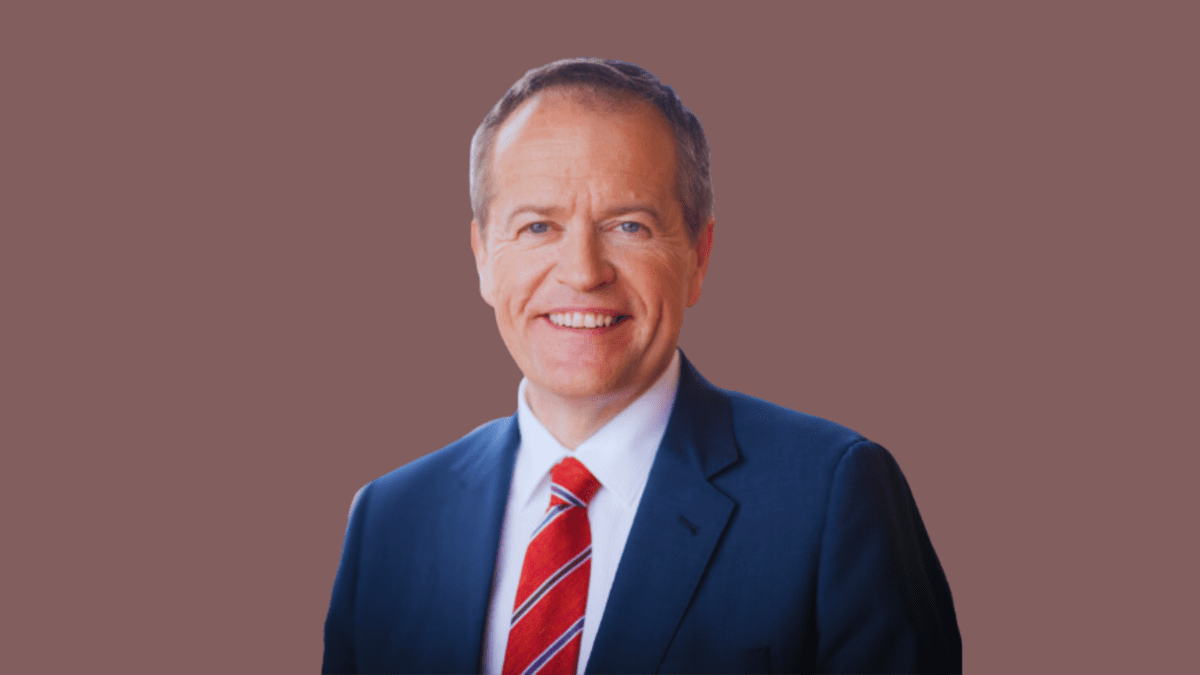Underperformance – as usual – for Australian active funds in 2022: Report
A challenging second half saw the performance of actively managed Australian equity general funds suffer in 2022, with nearly 58 per cent of fund managers underperforming against benchmarks for the year, according to a new report that is likely to add fuel to the fiery active-versus-passive debate.
S&P Dow Jones Indices released the SPIVA Australia Scorecard for year-end 2022 on March 13. The annual report measures the performance of Australian actively managed funds against their respective benchmarks over various timeframes; SPIVA stands for “S&P Indices versus Active”. It covers large-, mid- and small-cap equity funds, real estate funds and bond funds.
“After a promising start in relative terms, actively managed Australian equity general funds found it harder to stay ahead of the market in the second half of the year, resulting in a full-year underperformance rate of 58 per cent compared with the S&P/ASX 200,” Benedek Vörös, director, index investment strategy at S&P Dow Jones Indices, said in the report.
The underperformance was driven by the second half, when the S&P/ASX 200 rose by 9.8 per cent after a 9.9 per cent first-half drop to end the year down 1 per cent. In H2, 78.5 per cent of managed funds underperformed the index.
Managed equity general funds also performed worse over the longer run, with underperformance rates between 78 and 84 per cent over the five, 10- and 15-year horizons (see chart).

While the performance of managed Australian equity funds in 2022 reached its worst level since 2019, the year-end figure improved on five of the past 10 years (see chart). The worst performance from actively managed general equity funds in that period came in 2018, when nearly 87 per cent failed to beat the benchmark.

“Overall, it seems that despite a promising first half of the year, active managers in the equity general category were wrongfooted by the changing circumstances and strong performance by the largest constituents of the (cap-weighted) S&P/ASX 200,” Vörös said.
“The ultimate result was a thoroughly ‘average’ year for actively managed Australian equity general funds.” He noted that 2022’s underperformance rate is less than a percentage point above the 56.9 per cent average since the SPIVA Australia Scorecard was launched in 2013.
“Meanwhile, there were better odds of finding an outperforming active manager in the A-REIT category, while, after several years of generally better performance, roughly three-quarters of funds in the mid- and small-cap equity category lagged in 2022.”
Active managers in the A-REIT (Australian real estate investment trust) category had their lowest underperformance rate in the Australian scorecard’s history: just 41.2 per cent of funds underperformed the ASX benchmark (see table).

“Active managers’ outperformance came in one of the toughest years for the segment in recent memory: the S&P/ASX 200 A-REIT dropped 20 per cent, its worst annual performance since 2008,” Vörös said, though he added that underperformance rates in this category rose over longer time horizons, reaching 79.1 per cent over 15 years.
In contrast, only 23.4 per cent of Australian equity mid- and small-cap funds beat the S&P/ASX Mid-Small Index in 2022, with 80 per cent underperforming on a risk-adjusted basis. However, these funds had a better longer-term record, with only 54.7 per cent underperforming the benchmark over a 15-year span.
International equity general funds performed better in the short term – only 56.3 per cent of funds underperformed the S&P Developed Ex-Australia LargeMidCap index in 2022. However, over the five- and 10-year horizons, the proportion of underperformers ramped up to 66.1 and 79.3 per cent, respectively.
According to Vörös, “2022 was a year of two haves for Australian large-cap equities, both in terms of the S&P/ASX 200’s performance and with respect to the approach that stock pickers might have best employed to generate outperformance.” He referred to the midyear scorecard from 2022, which warned that active managers would be best “avoiding villains, rather than searching for heroes”.
As it turned out, the second half “offered plenty of routes to glory among the single-stock choices,” Vörös said.
“The 15 largest absolute contributors to the S&P/ASX 200’s performance all had positive returns – together they accounted for around 80 per cent of the Australian bellwether’s market capitalisation gains in H2. Accordingly, for those with the skills to identify them in advance, there were plenty of ‘heroes’ to be found.”










